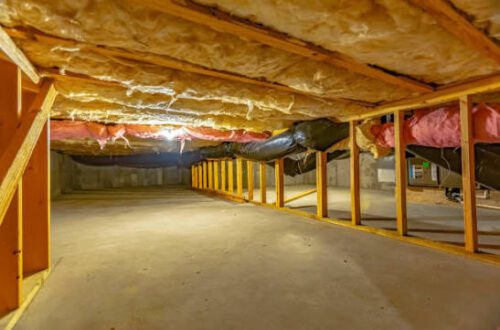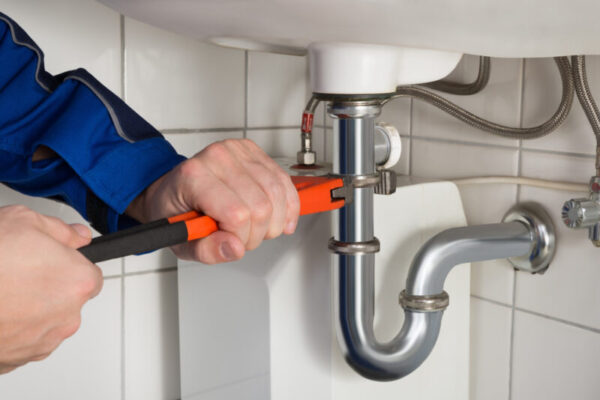Are you a hot tub owner looking to keep your spa in top condition? A well-maintained hot tub will last longer and provide more enjoyment for you and your family.
That’s why we’ve put together this ultimate hot tub maintenance checklist to help make the process easier for you. From testing the water chemistry to inspecting the cover, we’ve got all the tasks covered so that you can enjoy your hot tub worry-free!
Read on!
Test the Water Chemistry
Testing the water chemistry is an essential task that should be performed regularly to maintain your hot tub. The pH level of the water plays a crucial role. It ensures that it remains safe and free from bacteria.
To test the water’s pH levels, you’ll need to use a testing kit specifically designed for hot tubs. Dip a strip into the water and wait for it to change color before comparing it with a chart provided by your testing kit manufacturer.
Add Sanitizers
Adding sanitizers to your hot tub is an essential task. It helps you make sure that the water remains clean and safe for use. Sanitizers work by killing:
- bacteria
- viruses
- other harmful microorganisms
There are different types of sanitizers available on the market, including:
- chlorine
- bromine
- mineral-based products
Each has its advantages and disadvantages, so it’s important to choose one that suits your needs. Whichever sanitizer you choose to add to your hot tub, make sure you follow the manufacturer’s instructions carefully. Overuse can lead to skin irritation or damage to your hot tub’s components if not properly maintained.
Shock the Water
One important task on your hot tub maintenance checklist is to shock the water. This involves adding a large dose of sanitizer to the water to kill any bacteria or contaminants that may be present.
It’s recommended to shock your hot tub every 1-2 weeks. This depends on usage and other factors, such as weather conditions. You can use either chlorine or non-chlorine shock products. Again, it depends on your personal preference and needs.
To properly shock the water, follow the instructions provided by your chosen product carefully. Typically, you’ll need to dissolve the shock powder in a bucket of warm water first before pouring it into your hot tub.
Drain and Refill the Water
Over time, the water in your hot tub can become contaminated with:
- bacteria
- oils
- other impurities
These can cause skin irritation or infection if left unchecked. To drain a hot tub, turn off all power to the unit. Next, attach a hose to the drain spigot at the bottom of the unit and run it to an appropriate drainage area. Be sure to open all of the jets in your hot tub so that they can help flush out any remaining water.
Once you’ve drained all of the old water from your hot tub, take this opportunity to give it a thorough cleaning before refilling it with fresh water. Use a non-abrasive cleaner to scrub down both the interior and exterior surfaces of your unit.
Clean the Filter
The filter is responsible for trapping dirt, debris, and other contaminants that can accumulate in your hot tub water. Over time, these particles can clog the filter and reduce its efficiency, making it more difficult to keep your hot tub clean. That’s why regular cleaning of the filter is critical to maintain proper water flow and ensure that all impurities are removed from the water.
To clean the filter, start by turning off your hot tub and removing the cartridge or element. Next, use a garden hose or pressure washer to rinse off any loose debris from both sides of the filter. If there are stubborn stains or buildup present in between pleats, then you may have to use a specialized cleaner recommended by your manufacturer.
Clean the Surface
Maintaining a clean surface not only does it help in keeping the overall appearance of your hot tub appealing. It also prevents any potential health hazards caused by bacteria buildup.
Remember not to use abrasive cleaners as they can damage the hot tub’s shell material. Rinse thoroughly with water after cleaning, and wipe down any excess moisture using a clean towel.
If you notice stubborn stains that are difficult to remove even after a thorough cleaning, consider seeking professional assistance instead of experimenting with harsh chemicals that could potentially harm both you and your hot tub’s surface.
Hot Tub Replacement
While regular maintenance can extend the lifespan of your hot tub, there may come a time when it needs to be replaced. If you notice that your hot tub is constantly requiring repairs or if it’s nearing the end of its expected lifespan (usually 10-15 years), it may be time to consider a replacement.
When shopping for a new hot tub, look for one with energy-efficient features and easy-to-use controls. Consider the size and seating capacity that will best suit your needs and budget.
Once you find a replacement tub, make sure to hire the right hot tub removal services. That way, you will be sure that your plumbing and bathroom tiles won’t be damaged. Investing in a quality service will also assure you the best results.
Remember that investing in a high-quality hot tub not only improves your home’s value but also enhances your overall well-being by providing relaxation and stress relief.
Follow This Hot Tub Maintenance Checklist
Regular hot tub maintenance is essential for keeping your hot tub looking, feeling, and functioning at its best. To ensure that your hot tub remains healthy for you and your guests, follow this hot tub maintenance checklist!
Begin today by keeping the filter clean and making sure the water remains balanced. Start making regular hot tub maintenance part of your lifestyle!
Should you wish to explore more topics aside from this hot tub care checklist, visit our blog.






